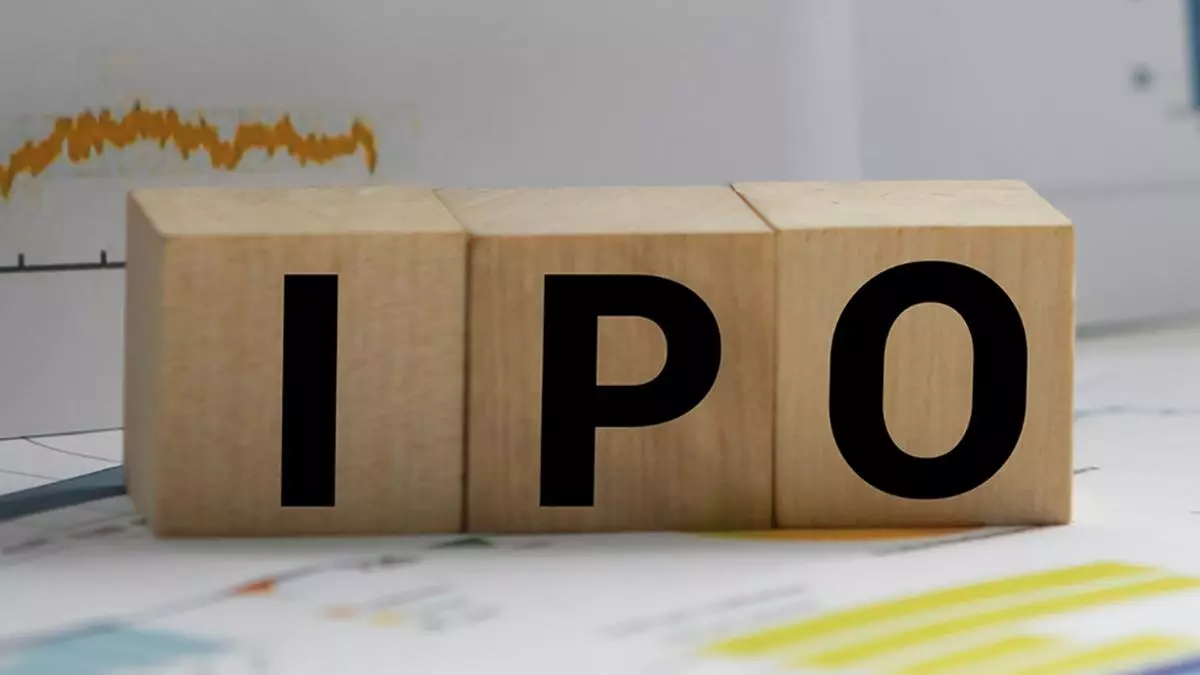Tendons are the small but tough linkers between bones and muscle. When they are injured, repairing a tendon is no small task. Alayna Loiselle, an orthopedics researcher at the University of Rochester Medical Center, is developing new therapeutics for tendon injuries.
Her recent work published in Science Advances addresses a major challenge in tendon treatments: getting the drug to the tendons themselves.1 In an interview with The Scientist, Loiselle described how carefully designed nanoparticles can improve targeted drug delivery to tendons for injuries and much more.

Using a nanoparticle delivery method, Alayna Loiselle is developing an anti-inflammatory drug that homes in on tendons.
Lynne Tseng
What makes tendon injuries difficult to treat?
We are focused on acute traumatic injuries. These used to happen when people cut their hand while slicing bagels; now it tends to be avocados. Surgical repair is pretty much the standard, but tendons are tricky because the body needs to make matrix to repair the tissue. Often the tendon overdoes it and makes too much matrix, so patients form too much scar tissue and the tendon loses some of its functionality. Almost all of my career has been related to identifying strategies to help tendons heal better.
How can new drugs help facilitate tendon healing?
There is a sweet spot, kind of like Goldilocks: you want to form enough matrix to restore the tendon, but you do not want to form big, bulky scar tissue that cannot move well. That is the goal for a therapeutic. A lot of folks have tried anti-inflammatory treatments because inflammation is the first stage of healing and can lead to excessive scarring.
Those studies have not been super effective, though, and I wonder if that is partially related to how effectively the treatment is getting to the tendon. Our study showed that when you administer these drugs systemically, they do not get to the tendon very well. That was the motivation for our recent work: We needed a way to actually get promising therapeutics to the tendon relatively efficiently.
What strategy did you use to deliver drugs to the tendon?
My research has always focused on the fundamental mechanisms of healing to identify therapeutic candidates, but my team had not given too much thought to the actual practicalities of drug delivery. This is where the power of collaboration comes in: Danielle Benoit’s laboratory at the University of Oregon develops nanoparticles as a drug delivery system. They use different ligands to facilitate nanoparticle homing to different tissues.
One example of a ligand that Benoit had developed for nanoparticles is Tartrate Resistant Acid Phosphatase (TRAP)-binding peptide, which has high affinity for areas of TRAP activity.2 TRAP has a role in bone remodeling so this is a really good drug delivery system for healing bone fractures. I have always admired that system, and I wondered if there was something in the tendon that we could put onto these nanoparticles to help them home to the tendon more effectively. Through spatial transcriptomic profiling, it turns out that there is really robust expression of TRAP in tendons.3
How did you use nanoparticles as part of your therapeutic approach?
We used an S100A4 inhibitor drug, which is a molecule that probably has some role in inflammation but also has a lot to do with matrix deposition. We put the drug in the nanoparticles and injected it into mice with a tendon injury. If the tendon heals better, it should be stronger and have a better range of motion. In our study, we saw improvements in both of those outcomes, which was really nice and gave us some hope for how effective this therapy is.
What are the next steps for developing this drug delivery approach?
Ultimately, our goal is to have a system that we can give to patients to improve their outcomes, so now we are trying to deal with the challenges of scaling up to larger preclinical models and clinical trials. We are also doing safety studies to show that these nanoparticles are well tolerated and cleared. We do not see any substantial off-target effects.
I think that we are in a really exciting time. Previously, we were constrained by technology when looking for cells or processes involved in healing. But now, with the accessibility of tools like single cell sequencing and spatial transcriptomics, we have really powerful data sets that we can leverage for a comprehensive understanding of this process. From there, it is just about prioritizing the most critical steps and identifying translational ways to target those processes.
This interview has been condensed and edited for clarity.









Leave a Comment